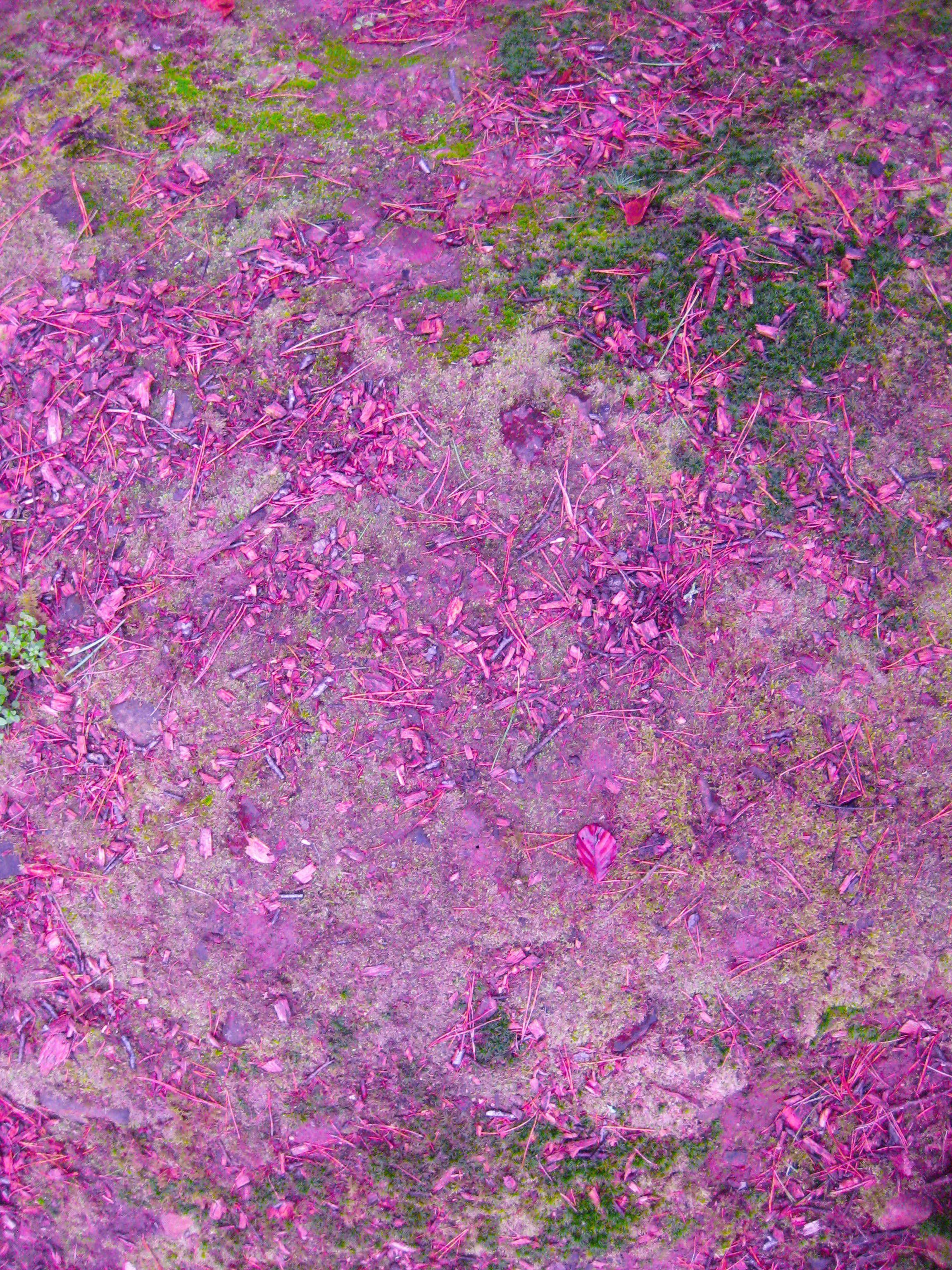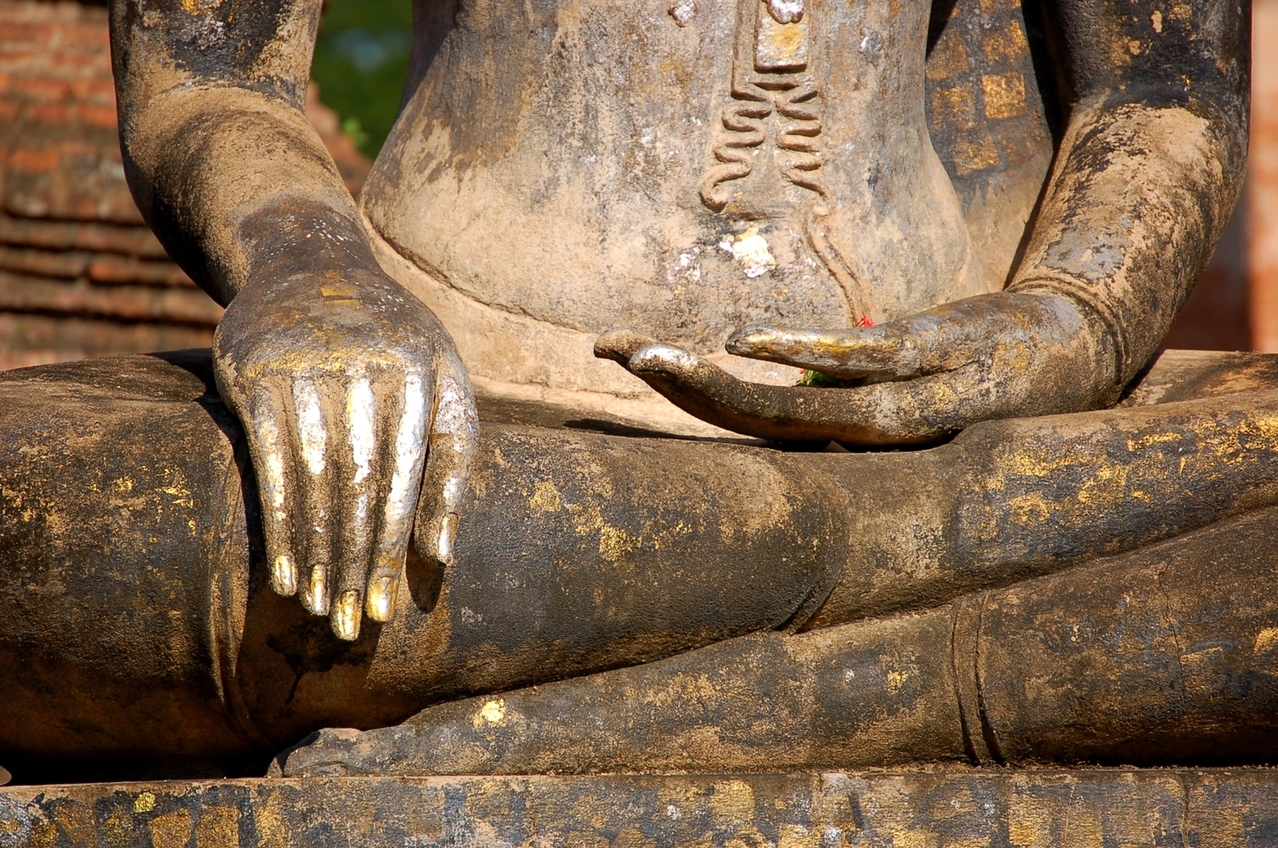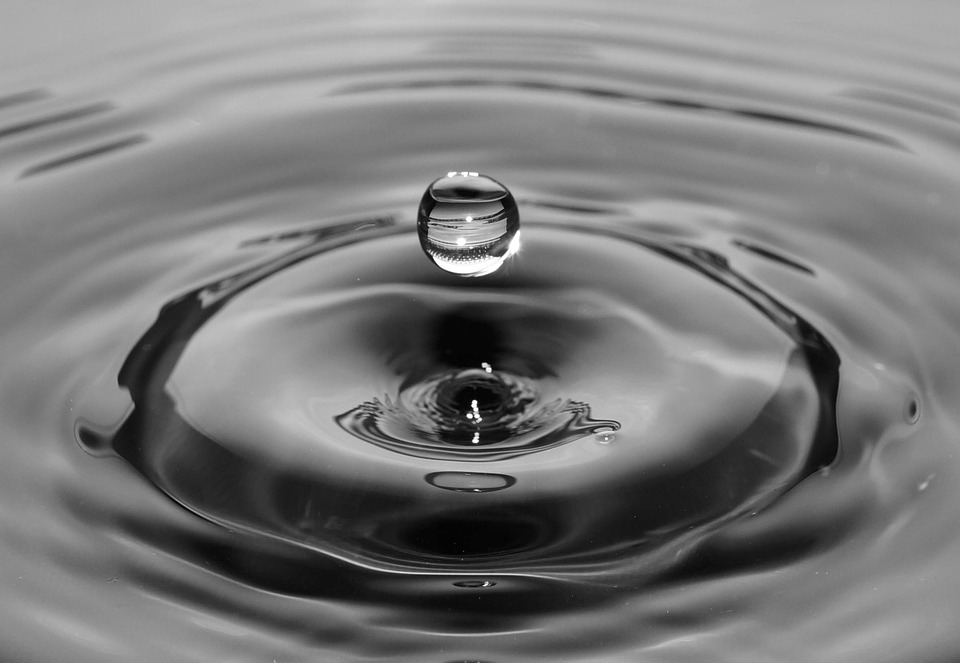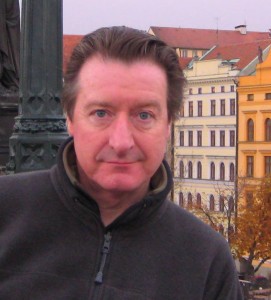Imagine this scenario.
You come home from work, you’ve had a busy day and the workload has left you tired, frazzled and wondering if you’re up to the job. Your “fight of flight” response is switched on and is tightening up your body’s defences which in turn are telling your brain to scan for trouble. You see your partner and their day has just been about the same, you can tell, it’s written all over their face and instead of the welcoming words you both need you prowl like tigers and snap at each other; pretty soon you’re in the middle of a fully blown fight, one that you’ve had time and time before-now you and your partner are less joined at the hip and more joined at the hippocampus, lost in a whirlpool of automatic reactions, anger and resentments built up over years, perhaps decades of life history.
Let’s imagine that scenario over again where the partners practice a mindfulness meditation of compassion.
You’ve had a busy day at work but throughout the day you’ve practised being mindfully compassionate towards yourself and those around you. You accomplish tasks at work and instead of rushing straight to the next one are able to savour the feeling of completion. You notice those around you in the workplace and see your colleagues trying to accomplish just what you are trying to do; like you they just want to be happy. At several intervals at your workstation your build moments of compassionate breathing into your day, your body feels at ease, fresh and ready to complete the next task to the fullest of your ability. You come home and walking through the door you smile, leaving the day behind and greeting your partner knowing they have practiced a mindfulness of compassion throughout their day which waits to meet you.
Mindfulness — paying attention on purpose, in the present moment, and without judgment — can help us break out of the negative and automatic reactions we bring into our relationships. Mindfulness helps to better manage the body’s reactions, regulate emotions and calm fears and anxieties – all key ingredients for healthy relationships. Being able to ground ourselves in mindfulness and not be distracted by the emotional agitation of others that might influence our capacity for compassionate action could be the hallmark and vital connection between mindfulness and compassion.
The word “compassion” is derived from the Latin compati and the Greek pathein, meaning to suffer, or endure with another person’s suffering or pain. Perhaps the most well description of compassion known is that of the Dalai Lama’s, who suggests that compassion is a “sensitivity to the suffering of self and others, with a deep commitment to try to relieve it”
Paul Gilbert writes about three major neurological systems, those of drive, safety and threat focused systems. At work we will typically perform (and underperform) under threat/drive, and our sympathetic nervous system will be chronically activated; stress, anxiety and depression are often consequential outcomes. Tara Brach, Christopher Germer, and Kristen Neff all suggest that practicing a mindfulness of self compassion in the workplace will help alleviate this threat/survival system and improve our relationships. They all broadly agree that self-compassion deactivates the threat system and activates the self-soothing of the parasympathetic nervous system which is associated with feelings of secure attachment, safeness, and the bonding neurochemical oxytocin. This turns the narrative there is something wrong with me into I’m okay. Google were so impressed by the connection between mindfulness, self compassion and relationships in a nourishing workplace that they created their own mindfulness programme called “Search Inside Yourself”. By September 2009 over two hundred people had gone through the programme, becoming more mindful, more connected, less stressed and better communicators.
The neuroscientist Louis Cozolino writes extensively about the need for empathy, connection and compassion in the creating and sustaining of relationships, the biology professor Joan Roughgarden challenges so-called Darwinian selfishness and suggests we all have a “genial gene”. Tara Brach writes about the importance of “recognising our basic goodness” in relationships and Dzogchen Ponlop suggests as a starting point “we cannot exist without depending on others.” These authors appear to be raising the need for connectivity and compassion in the realm of human relationships.
Geoffrey Kramer has created Insight Dialogue, a mindful exposition that he calls an effective pathway into relational work. At its heart these are composed of the following 6 elements:
- Pause: a pause from habitual ways
- Relax: calm body and mind
- Open: become aware of the other with acceptance
- Trust emergence: come to the relationship without an agenda
- Listen deeply: listen to the human being
- Speak the truth: speak your subjective truth without blame
Marsha Lucas suggests ways to help reset our nervous system and quiet our body’s “fight or flight” response. She refers to these techniques as “circuit breakers.” One strategy is to take several deep breaths, with your exhale being slightly longer than your inhale. Another strategy is to place your hands firmly over your heart and belly; this may stimulate the production of oxytocin, a bonding hormone, which also helps you feel calmer and safer. Lucas suggests focusing your attention on sending out (or perhaps sending in) caring feelings to yourself with the following words
May I be free
May I be peaceful and at ease
May I be happy
May be safe
And then focussing you attention on those you are in relationship with (good and bad!) and saying
May you be free
May you be peaceful and at ease
May you be happy
May you be safe
We live in a culture that appears to generate more stress, anxiety and depression that ever before yet holds out to the promise of better lives and relationships.
Taking time out from this wheel of work and striving, relating to yourself with a mindfulness of kindness, acceptance and compassion, then with the same to others can build and rebuild rich and sustaining relationships.
Further reading
Tara Brach. Radical Acceptance: embracing your life with the heart of a Buddha
Louis Cozolino: The Neuroscience of Human Relationships
Christopher Germer. The Mindful Path to self Compassion: freeing yourself from destructive thoughts and emotions
Paul Gilbert. The Compassionate Mind: how to develop happiness, self acceptance and well being
Marsha Lucas. Rewire Your Brain for Love: creating vibrant relationships using the science of mindfulness
Andrea Miller (ed). Right Here with You: bringing mindful awareness into our relationships
Kristen Neff. Self Compassion: stop beating yourself up and leave insecurity behind
Joan Roughgarden. The Genial Gene
Chade-Meng Tan: Search Inside Yourself: increase productivity, creativity and happiness









